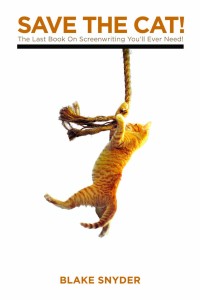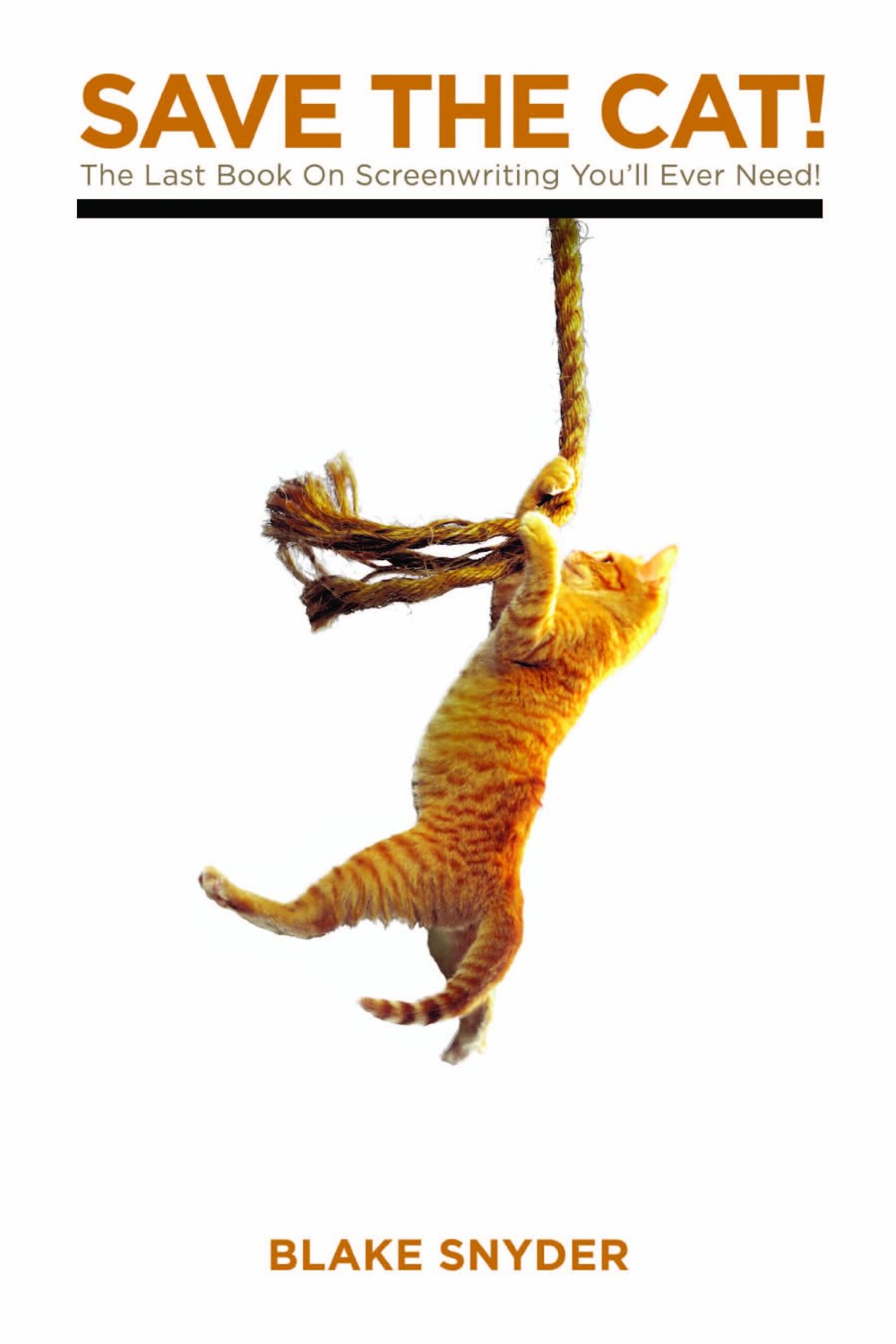Best for those outling a new work.
What’s awesome about it
- The word count for each beat
What’s not-so-awesome
- It’s daunting, especially when your manuscript is half-written
- No capacity to outline subplots
The awesome
When I first came across Blake Synder’s Beat Sheet (BS2), I was half-way through the manuscript for Hero and the word count for each beat made me to blanch. The idea of trying to shoehorn my (at that point in time) pantsed story into all of those little boxes (opening image, catalyst, black moment) with their prescribed word counts, was more than my brain could take, but when I went back to the BS2, a new story in mind, they appeared as godsends.
I don’t know about you, but I often find myself wondering how long the different stages of my plot (setup, act II, etc) should be. The BS2 solves that issue by calculating when a stage should start and end, based on your overall word count. Say you want to write a 100,000-word novel (about 400 pages), then your setup should be around 9,000 words long and the first half of your second act 27,500.
It also has the side-benefit of breaking your manuscript into manageable chunks; instead of stressing about only having 13,000 words done, you can celebrate having written Turning Point 1.
The not-so-awesome
If you’ve come across a beat sheet template and haven’t read Blake Snyder’s book, Save the Cat, it can be daunting. The descriptions of the beats included in the template don’t fully adequately what’s meant to happen in each beat, and finding more information on the internet is practially impossible (or else I wasn’t looking in the right places).
In the end, I bought Save the Cat, and it was worth every one of the ten dollars I spent on it.
What I love most about the 7-point plot system, and which BS2 doesn’t do at all, is the ability to outline subplots alongside the main plot and then layer them to see how they interact.
I suppose that you could use multiple beat sheets, one for each subplot, or simply incorporate each subplot into the main outline, but that doesn’t offer the same flexibility as the 7-point system.
To get around this, I created my initial outline using the 7-point method and then expanded it with the beat sheet (the process of which I will discuss in another post), which gave me the best of both worlds, the subplot layering and the word count.
The Goodies
As part of my experimentation with the BS2, I updated the existing template with two additional columns.
The first, 7-Point Plot Arc, is a summary of each stage of your initial outline (completed using the 7-point plot system). The second, Words in Beat, is the number of words in each of the fifteen beats, which is handy for such things as adding targets word counts to chapters and scenes in Scrivener.



I did try Dramatica – I downloaded the software trial and started reading the documentation, and reading, and reading. That is one detailed system and I just wanted to plot my story and write. I think it could be helpful, but it was just overwhelming to me! It does seem like a terrific way to get to know you characters and story, but I still need a little pantsing in my plotting.
I know what you mean. I think Dramatica is one of those things you read to better understand story rather than plot one, a bit like McKee’s Story. I guess that’s why they’re both still sitting on my TBR shelf 🙂
Yes, that’s right. It’s like buying a Sherman tank to kill a fly when a fly swatter would get the job perfectly well. I built my own 22 Chapter and 12 Chapter scene by scene outlines in Scrivener then patched in the wonderful stuff I found on Belinda’s site. I also made a separate master project by synthesising the three sources and it serves as a reference I can always go back to. I keep adding to and subtracting from the master project as new information comes along. Must say, I have found Dan Wells’ 7 point system to be very stimulating and I use it as a sort of umbrella guide to assess the progress of a story. The shape helps.
Hi Patrick,
I’m glad you found the post helpful, and I’d love to know more about your master project template. It sounds like a great reference.
Awesome spreadsheet. Thank you so much! <3